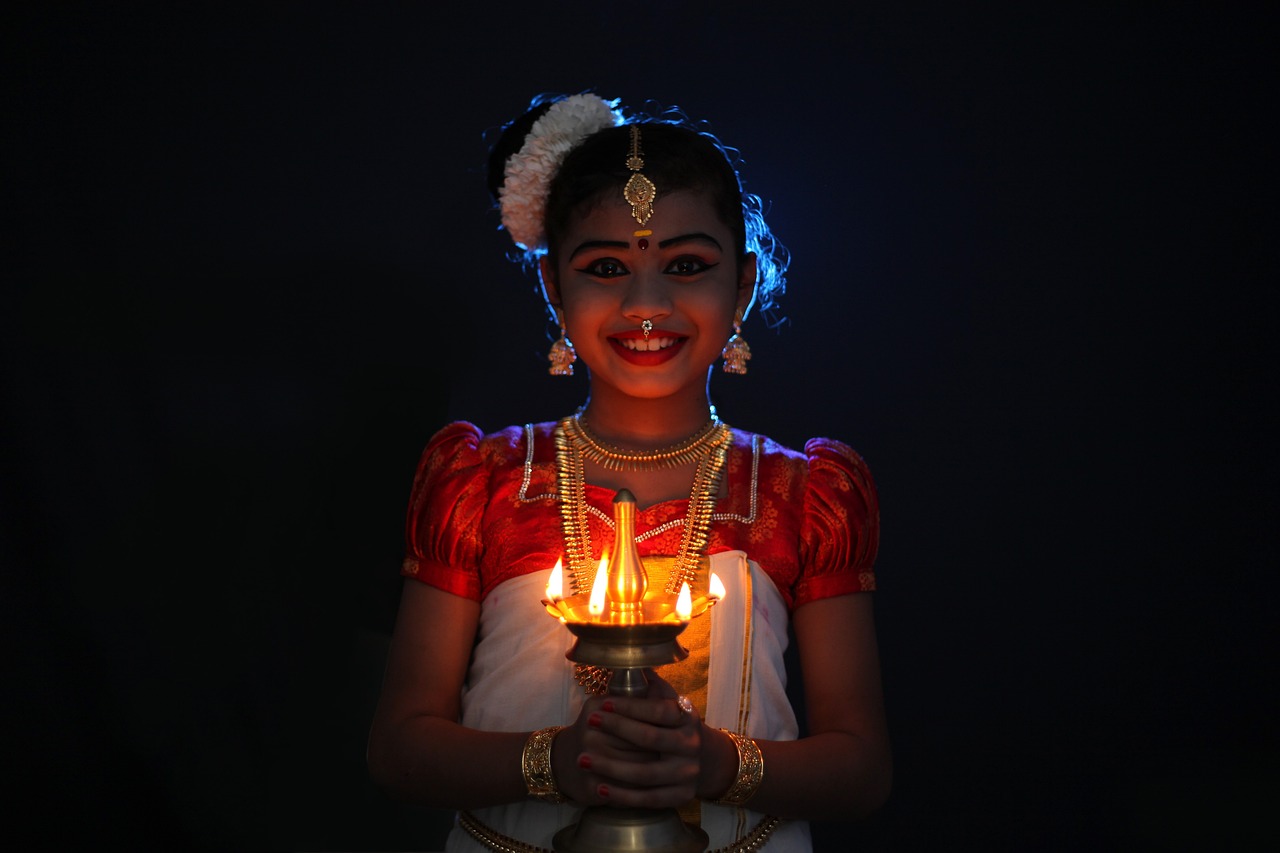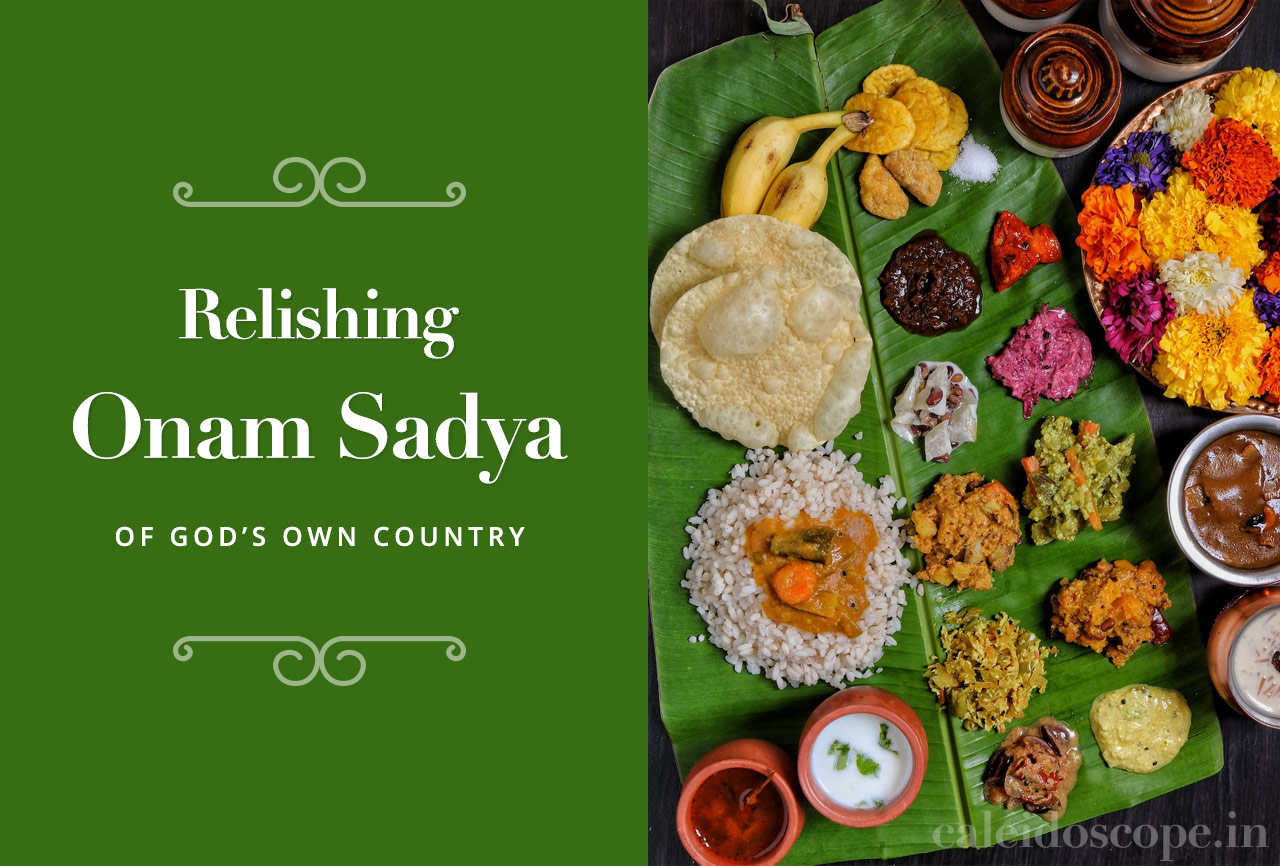
Introduction
Maharashtra, one of the most active and diverse states in the Western Zone of India, is a state with rich historical background and heritage along with a host of artistic impressions. Thus, folk dances of Maharashtra have a place of pride in this vast treasure trove of cultural endowment of the state which embodies the groups, territories as well as the religious practices prevalent in the region. Unlike other dancing styles, these dances have cultural significance and are used during festivals, religious endowment or during social celebrations. It is pertinent to mention here that the folk dances of Maharashtra are joyous images of life to which people of this region are so closely linked with their land, their faith and their customary practices.
Folk Dances of Maharashtra
Maharashtrian culture revolves around dancing, and many folk dances are performed during festivals, marriage ceremonies, birth celebrations, and harvesting times. Lavani, Dhangarigaja, Lezim, Koli, and other traditional dances are popular in Maharashtra today. Lezim, Koli, Tamasha are performed by both male and female dancers whereas Lavani is performed by only females and Only males perform Dhangari Gaja.
1. Lavani Dance

The word Lavani comes from the Sanskrit word Lavanya, which means “beauty.” This form combines dance and music to address a wide range of issues such as society, religion, politics, romance, and so on. The dance is usually performed by attractive women wearing nine-yard saris to the enticing rhythm of dholak. These women moved sensually in time to a catchy melody and enticing lyrics. During the 18th and 19th centuries, Maharashtra was a battle-torn state, and Lavani dance functioned as a form of entertainment and morale booster for the exhausted warriors. The dance was given royal patronage by the ruling class under the Peshwai (a dynasty based in Pune) rule, when it achieved its pinnacle popularity. Honaji Bala, Ramjoshi, Prabhakar, and other Marathi poets elevated Lavani to new heights.
2. Koli Dance

Koli is a Maharashtra dance genre performed by the Koli fisher folk. The community has a distinct character as well as colourful dances. The dance contains elements that are most known to this culture, such as the sea and fishing. Men and women are divided into two groups for the dance, with fishermen standing in two rows with oars in their hands. The dancers move in lockstep, simulating the motion of rowing a boat. Fisherwomen are lined up in opposite rows, arms interlocked, and marching towards the men. The distinct formations then split up, and the dancers join together in motions that represent waves, breakers, rowing from cliff to cliff, and casting nets to catch fish.
3. Dhangari Gaja Dance

The Dhangars of Maharashtra’s Sholapur area become acquainted with nature as they herd their cattle to verdant pastures for grazing. They write poetry called ovi about nature and their God Biruba, inspired by the visual grandeur. When they return home once a year, they pay homage to God Biruba. They spend their time with their loved ones and families. And it is at this time that the Dhangari Gaja dance is performed in order to appease their God and thank Him for His bounties. Dhangar dancers wear traditional Marathi attire such as dhoti, angarakha, and pheta, as well as colourful handkerchiefs. During the dance, they usually move around a group of drummers.
4. Povadas Dance

Povadas are sung in the style of Marathi ballads. This dance genre depicts the events in the life of Shri Chhatrapati Shivaji Maharaj, the famous Maratha emperor. Shivaji was the foundation of the Maratha Empire and fought the Mughals for the rest of his life. By 1680, the year of Shivaji’s death, he had virtually all of Deccan under his control. Shivaji was a superb warrior and one of India’s finest kings, and he is regarded as the most important figure in Maratha history. Maharashtrians hold this great hero in high regard and commemorate him through these melodies.
5. Lezim Dance

Maharashtra’s Lejim dance is popular during social and religious occasions, and is important in Maharashtra’s martial arts dances. Lezim is more of a strenuous physical workout and drill than a dance; formations can be in twos, fours, or even a circle. Every region of Maharashtra regularly performs the lezim dance. Ghoti Lejim, Ghungroo Lejim, Dakhni Lejim, and Palita Lejim are all part of this dance. Drums, Tasha, and cymbals are all common instruments in lezim dance.
6. Tamasha

In Persian, the word tamasha implies “fun” or “entertainment.” The tamasha dance form is thought to have evolved from the ancient Sanskrit theatre forms of ‘Prahsana’ and ‘Bhana.’ Song-dance troupes and Folk-drama troupes are the two types of modern Tamasha troupes. Tamasha is linked to the Kolhati and Mahar people. Many tales and love songs were written for Tamasha by the poet singers known as shahirs. Any Tamasha performance is enhanced by Kathak, Kavali, and Ghazal tunes. A devotional hymn usually precedes Tamasha, which is followed by the dramatic sequence known as ‘Gaulan.’ Tamasha’s energy is embodied in love songs like lavanis, which are extremely popular. To enhance the aestheticism of the dance, musical instruments such as the dholki drum, tuntuni (a single string instrument), manjeera cymbals, daf (a tambourine-like instrument with a single leather surface), halgi (smaller daf), the metal triangle known as kad’, the lejim (an instrument with a jangling sound), the harmonium, and ghunghroos (ankle bells) add dance’s aestheticism.
Takeaway
The folk art form should be preserved by government and private sector efforts to help preserve the lustre of India’s vanishing folk arts. Folk dances require ongoing financial and structural support in order to maintain and preserve our artistic traditions by holding workshops to improve dancers’ artistic skills, providing dance training to children and youth, organising tribal events, and launching specific schemes for the dance community’s benefit; otherwise, they may lose faith in their artistic power and motivation. People must work together and develop skills in order to achieve economic advancement and a sustainable livelihood. As a result, strengthening these folk art forms is critical, as they are at the heart of our society’s culture.
FAQs on Folk Dances of Maharashtra
Which are the major folk dances of Maharashtra?
Answer: Lavani, Koli, Tamasha, Dindi, Kala, Lezim, Povada, Warli, Dhangari Gaja.
What is the origin of Lavani Dance?
Answer: Famous as a festival dance, Lavani has its roots in the entertainments of the 18th – 19th centuries for soldiers.
How does the Koli dance reflect the community?
Answer: Koli dance imitates fishing and rowing movements showing that fisher folk has links with sea and is an inseparable part of it.
What theme does the Povada dance cover?
Answer: Povada brings out the deeds of Chhatrapati Shivaji Maharaj through enactment and storytelling through songs.
What makes the Kala dance different?
Answer: Kala dance is performed in which human pyramids are formed to break a pot in order to display the essence of joy and unity which has been attributed to one of Lord Krishna’s mischievous activities.
Few Lines on Folk Dances of Maharashtra
- Lavani is a fast dance which was started in the 18th-19th century, famous for its fast beat and colorful drapes.
- Koli Dance which depicts fishing and rowing as a source of livelihood as derived from their fishing activities.
- Tamasha is a form of theatrical dance that contains music together with drama and dancing common in Rural Maharashtra.
- Ekadashi is celebrated with great zest, where Dindi dance is performed with the rhythmic steps and prosaic voice accompanying songs to Lord Vitthoba.
- Kala Dance involves making of human pyramids and breaking of a pot is included to represent joy and togetherness which has direct connection with Lord Krishna’s mischief during his childhood.
- The subjects depicted in Povada Dance are the tales of valor of Chhatrapati Shivaji Maharaj with the protagonists enacting the episodes through songs and dance.
- Warli Dance, the dance of the Warli community, is a rejoicing dance that is danced by Warli people in festivals and during harvest time with minimalistic and natural steps and songs.

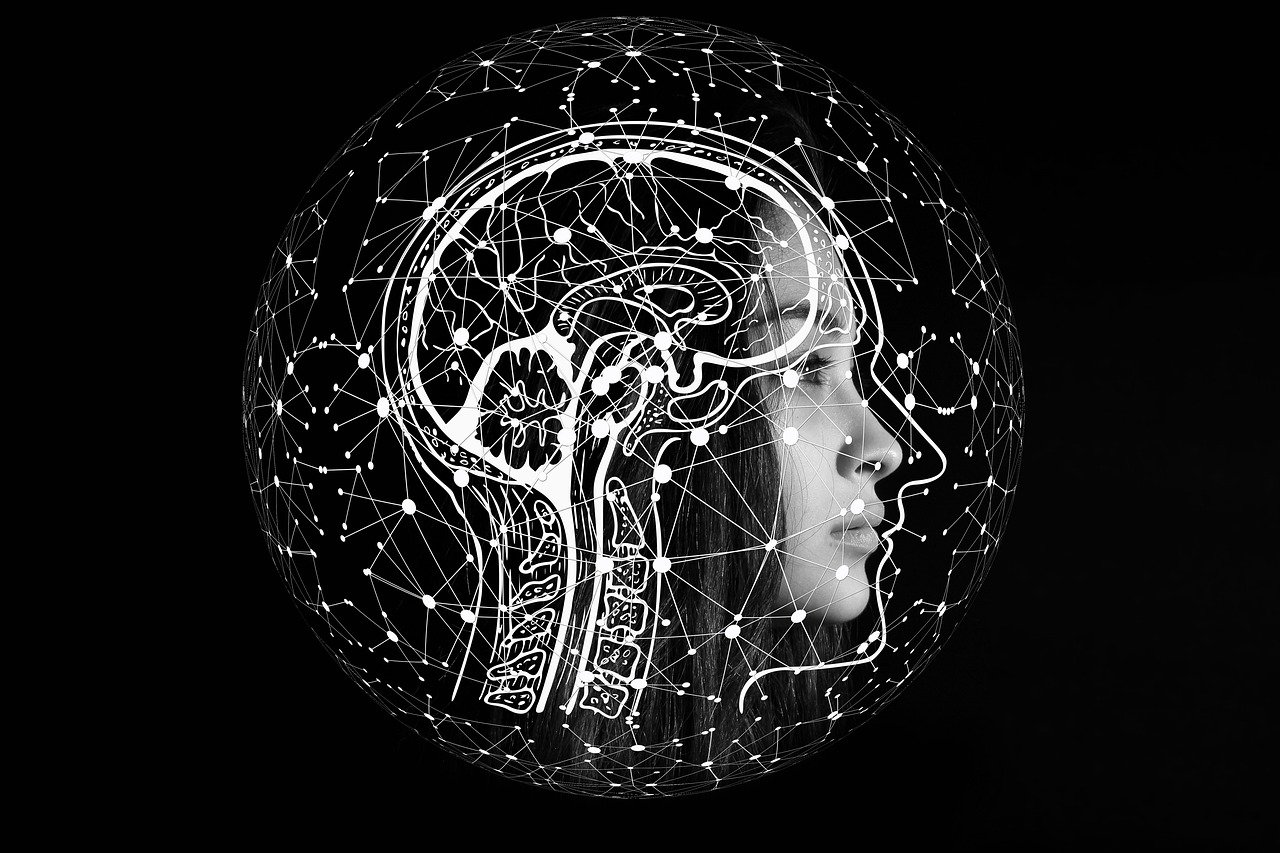


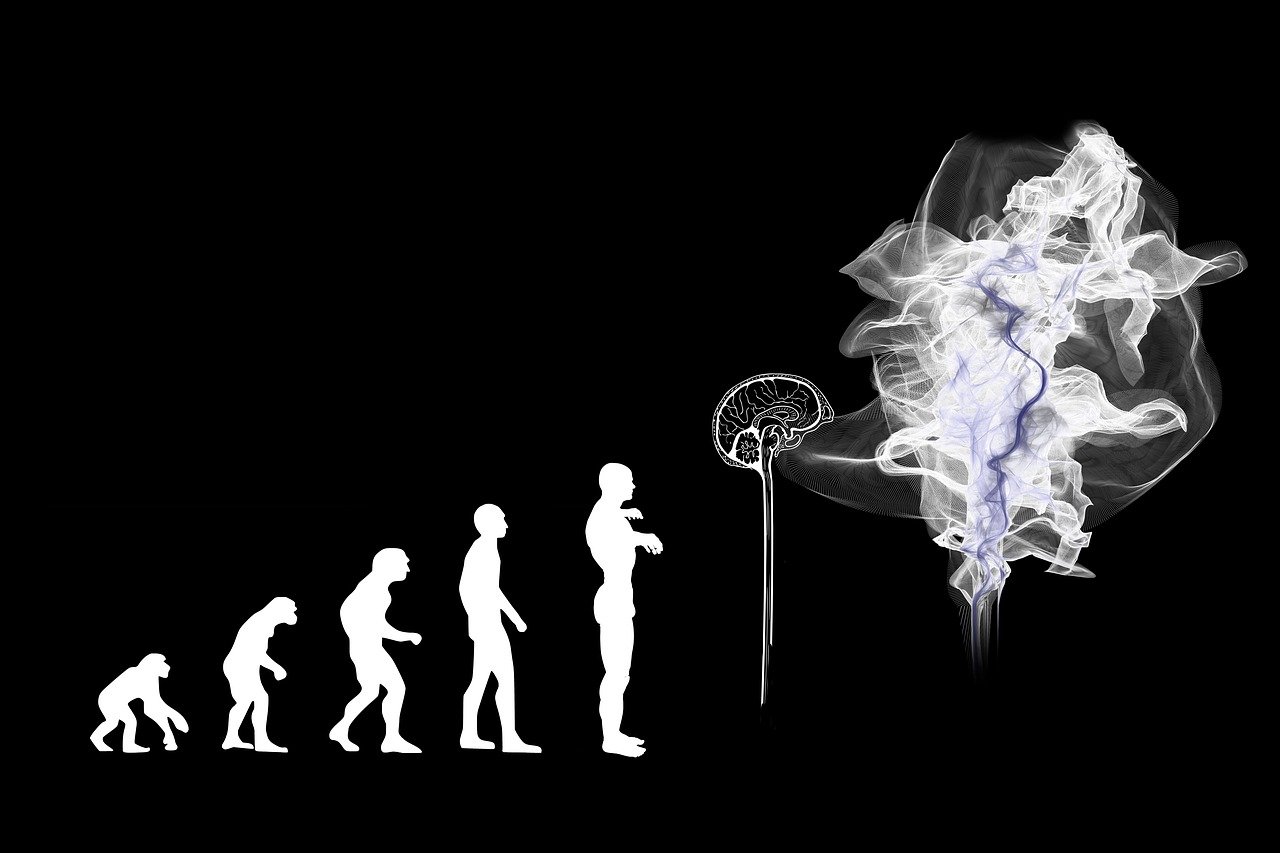
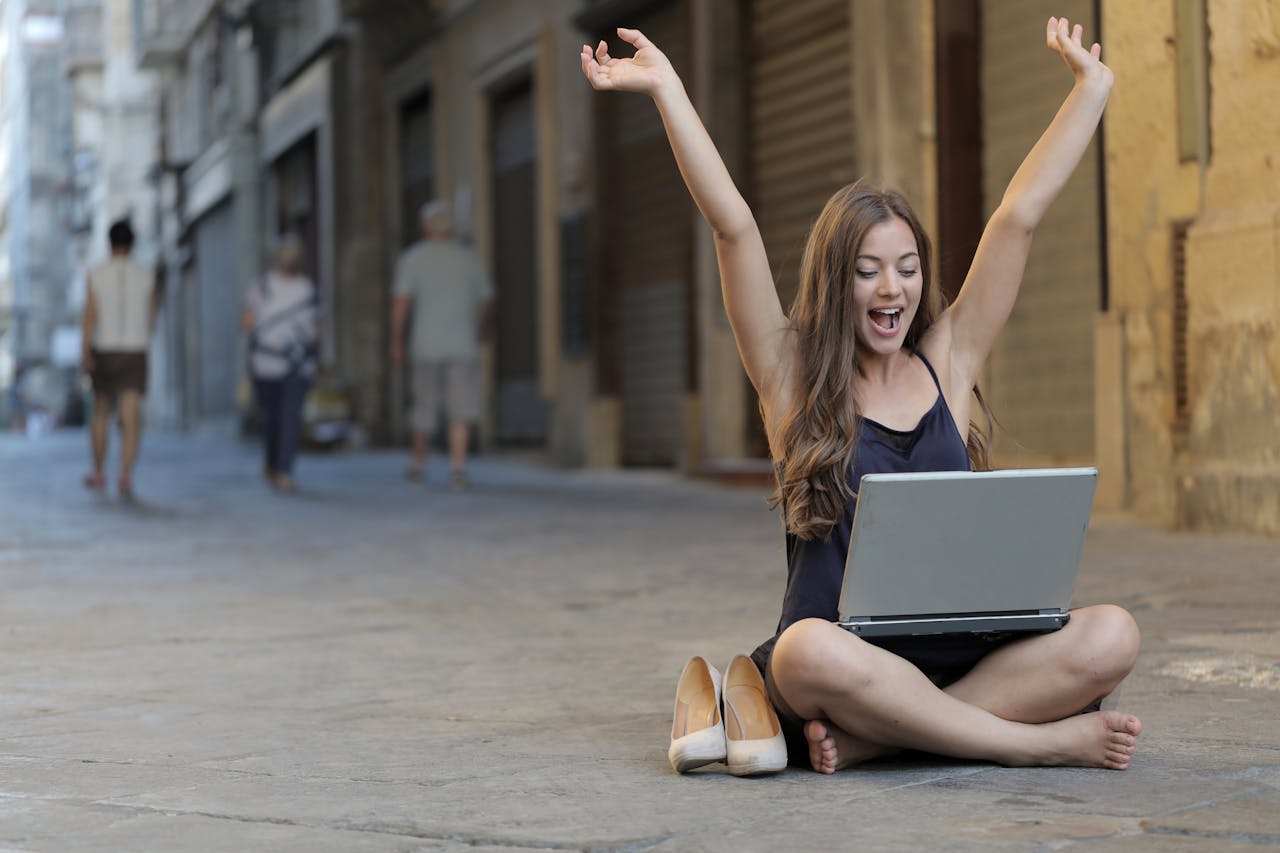



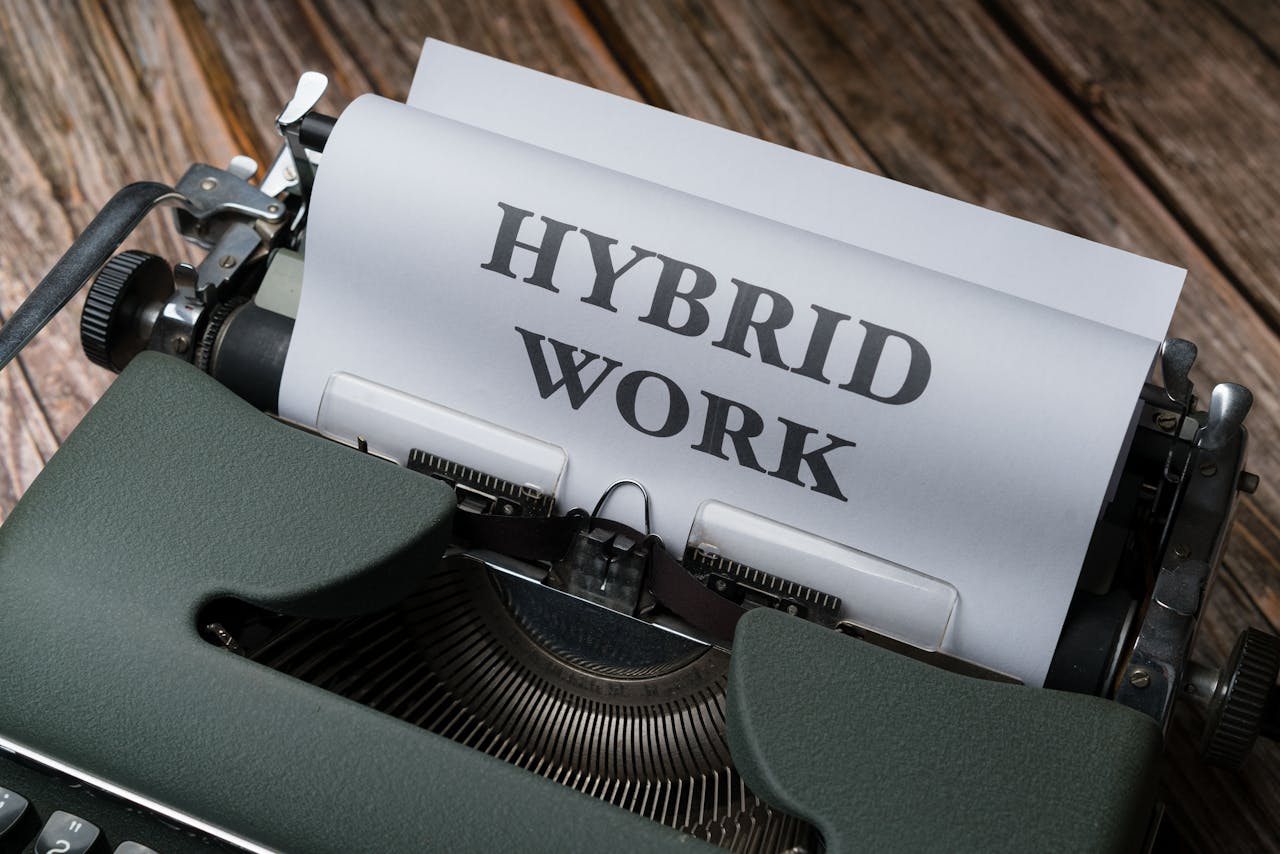











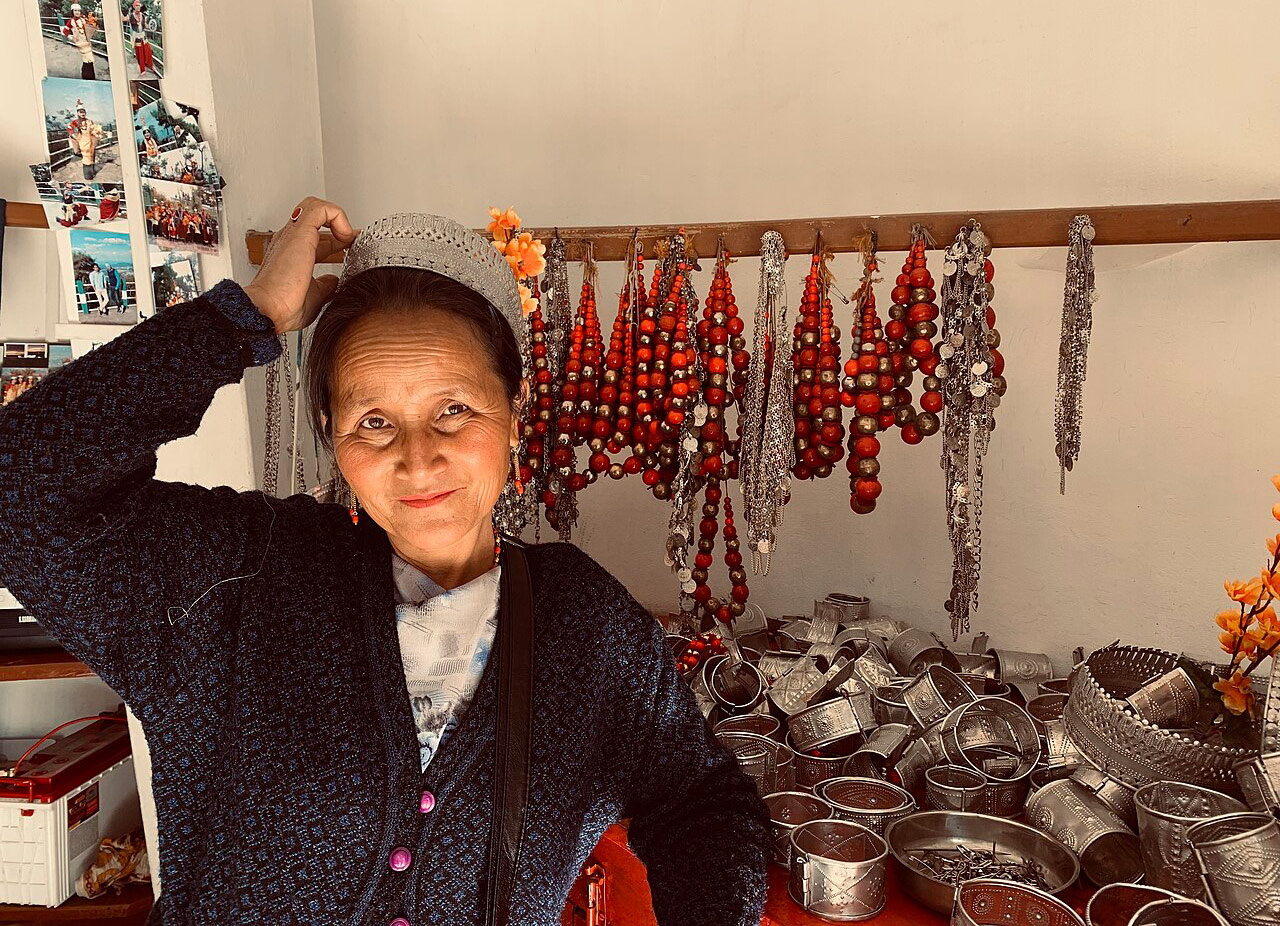




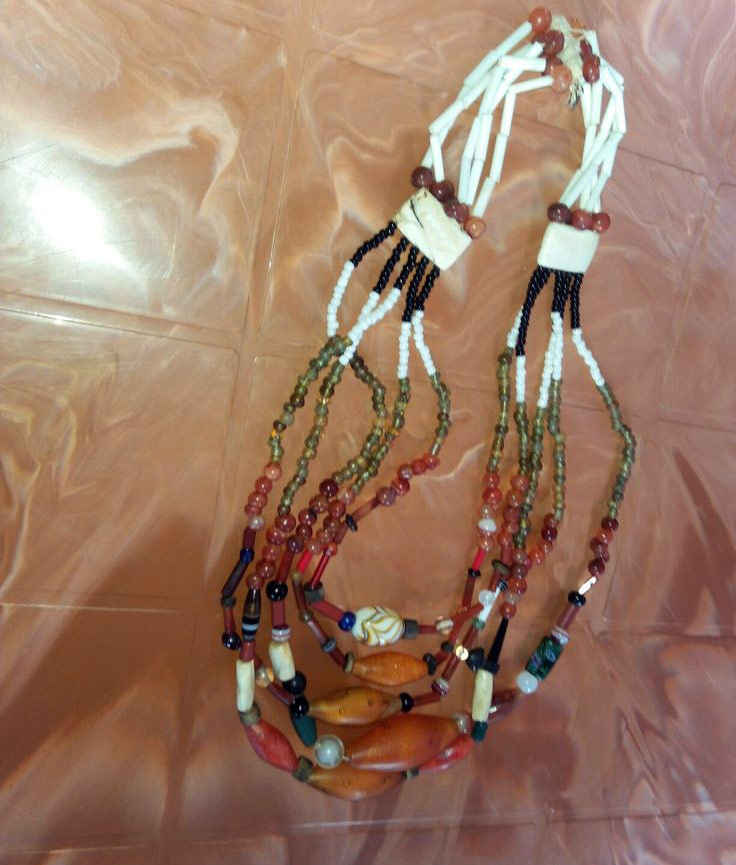

 As we move into the final months of 2024, we’re seeing several investment trends emerging. These are shaped by advances in technology, rising environmental concerns, and shifting consumer behaviours.
As we move into the final months of 2024, we’re seeing several investment trends emerging. These are shaped by advances in technology, rising environmental concerns, and shifting consumer behaviours. 




















